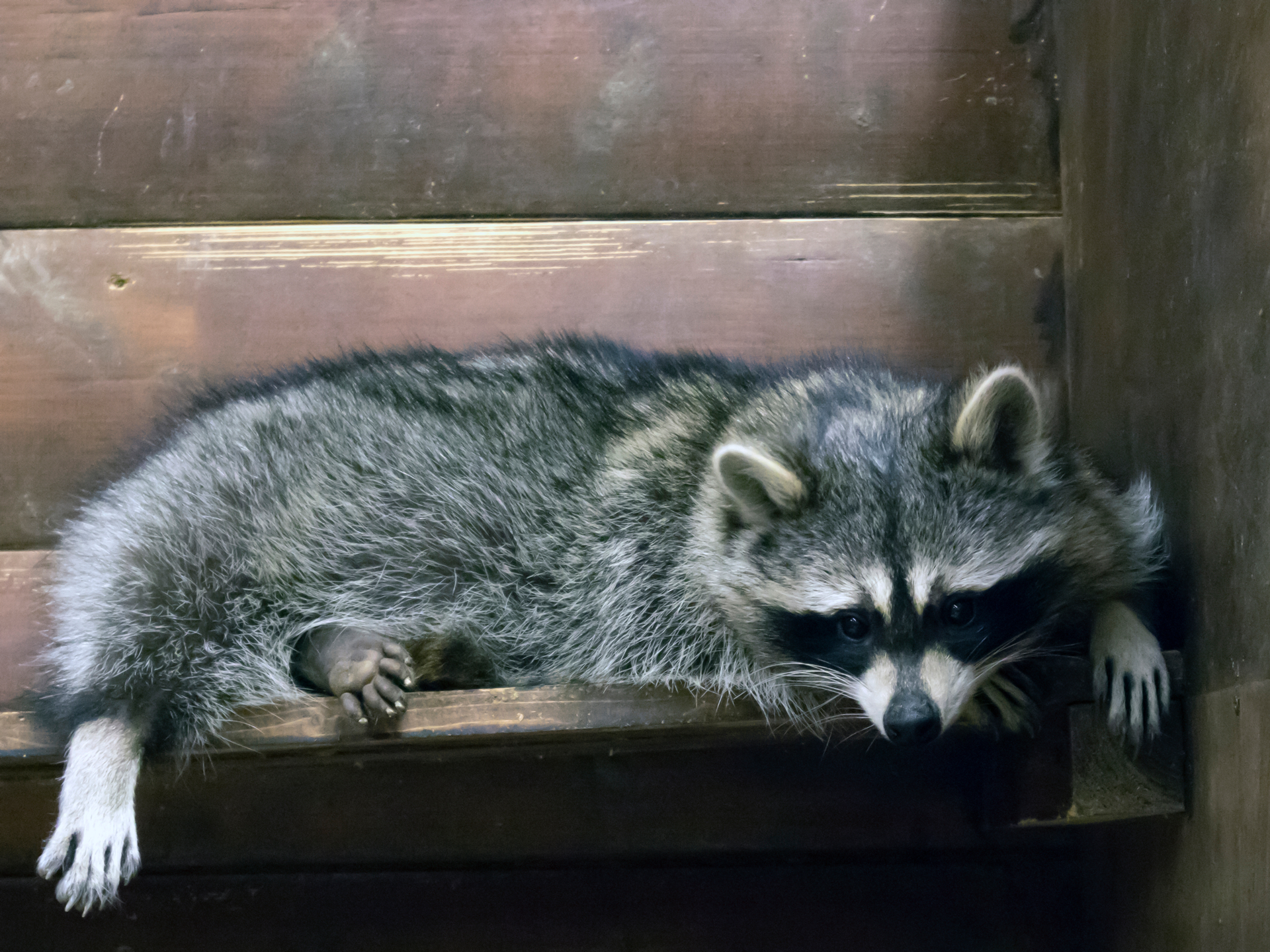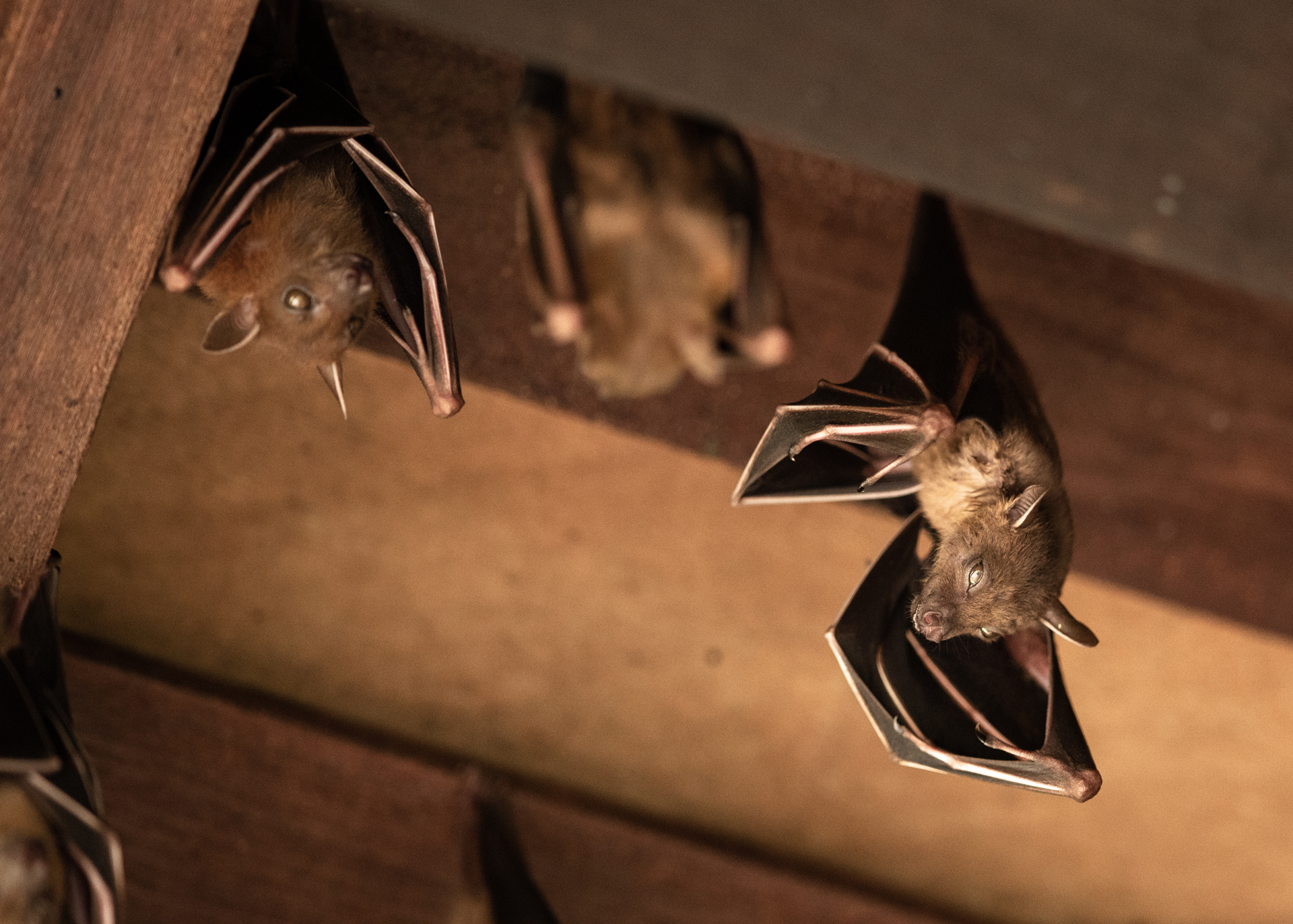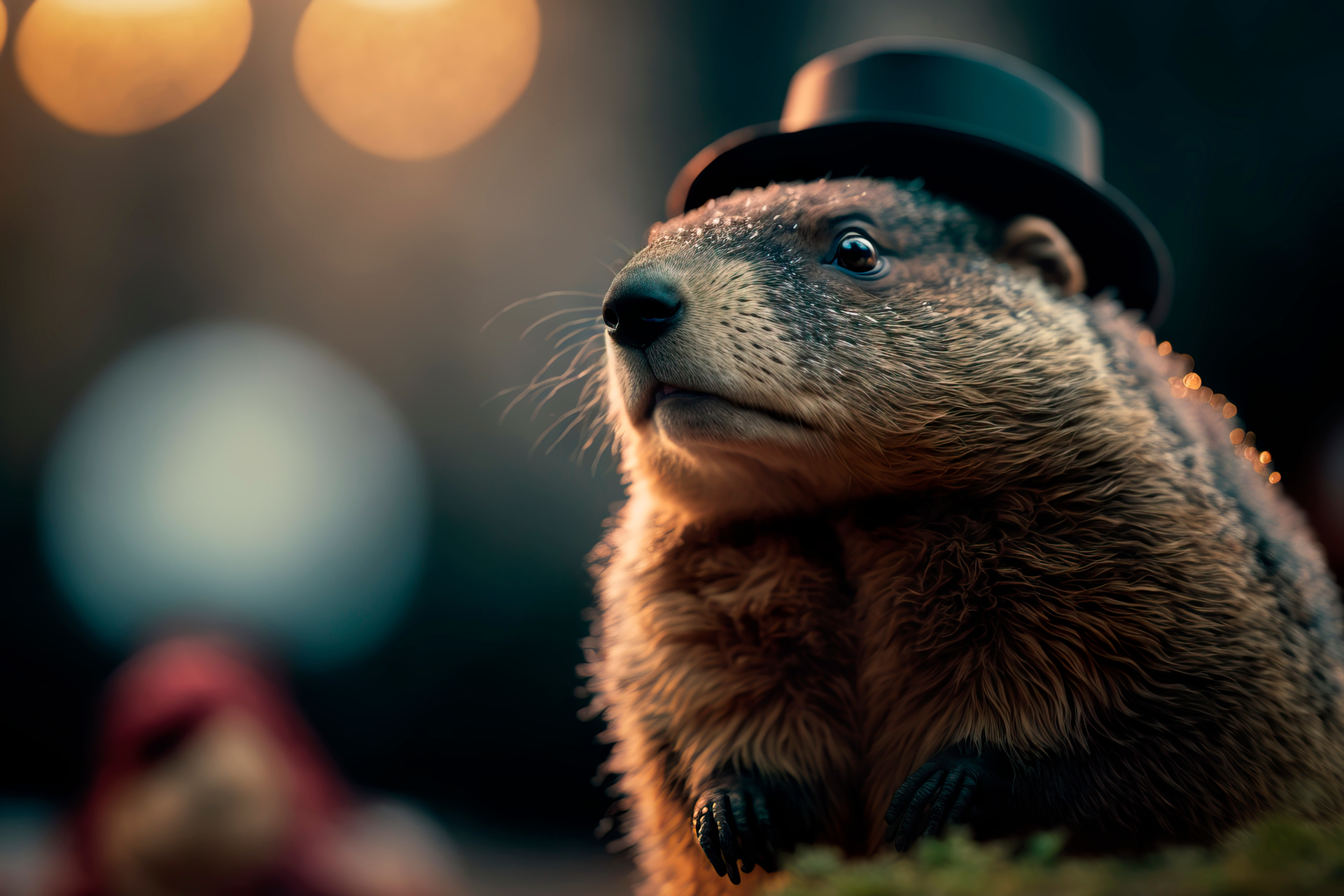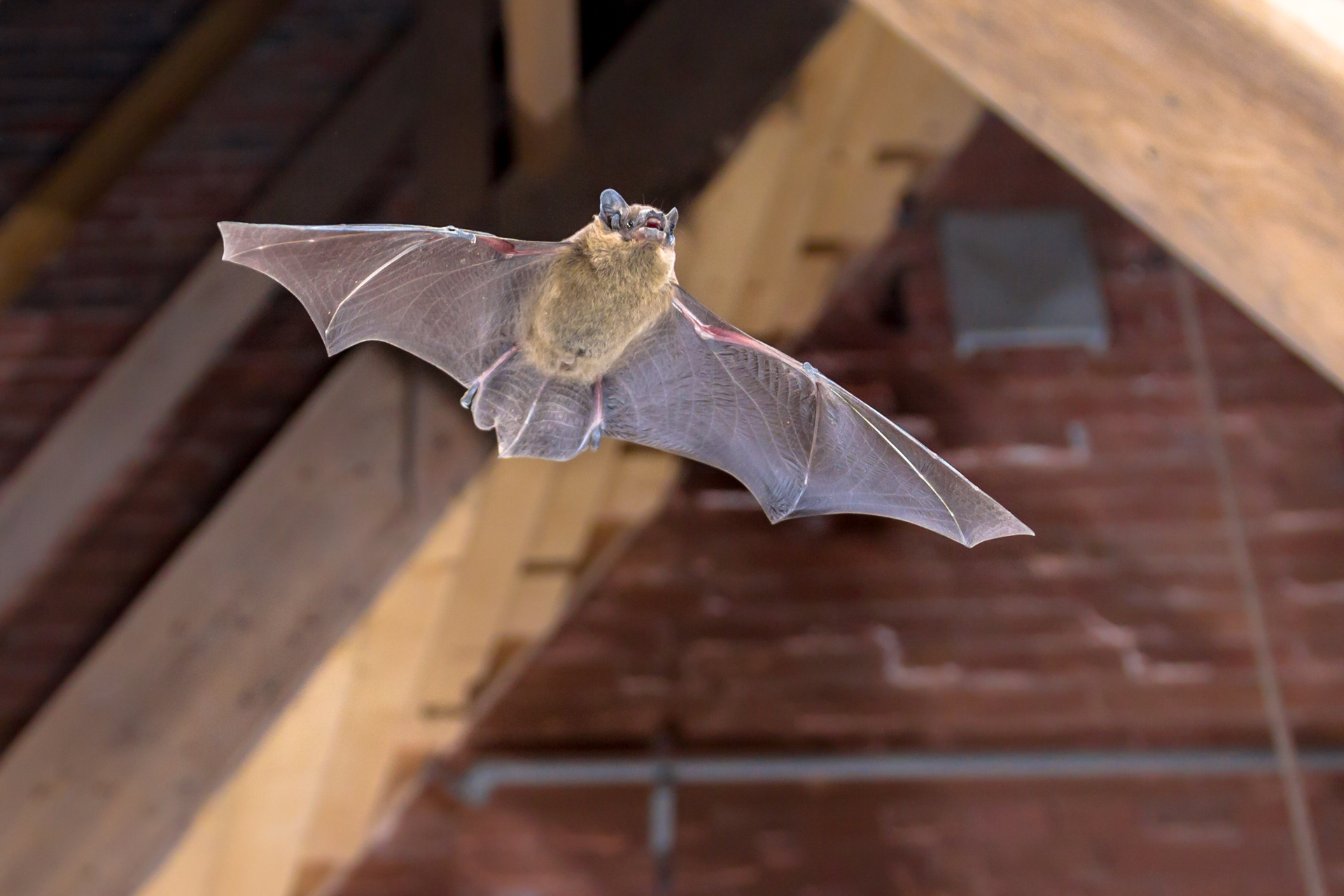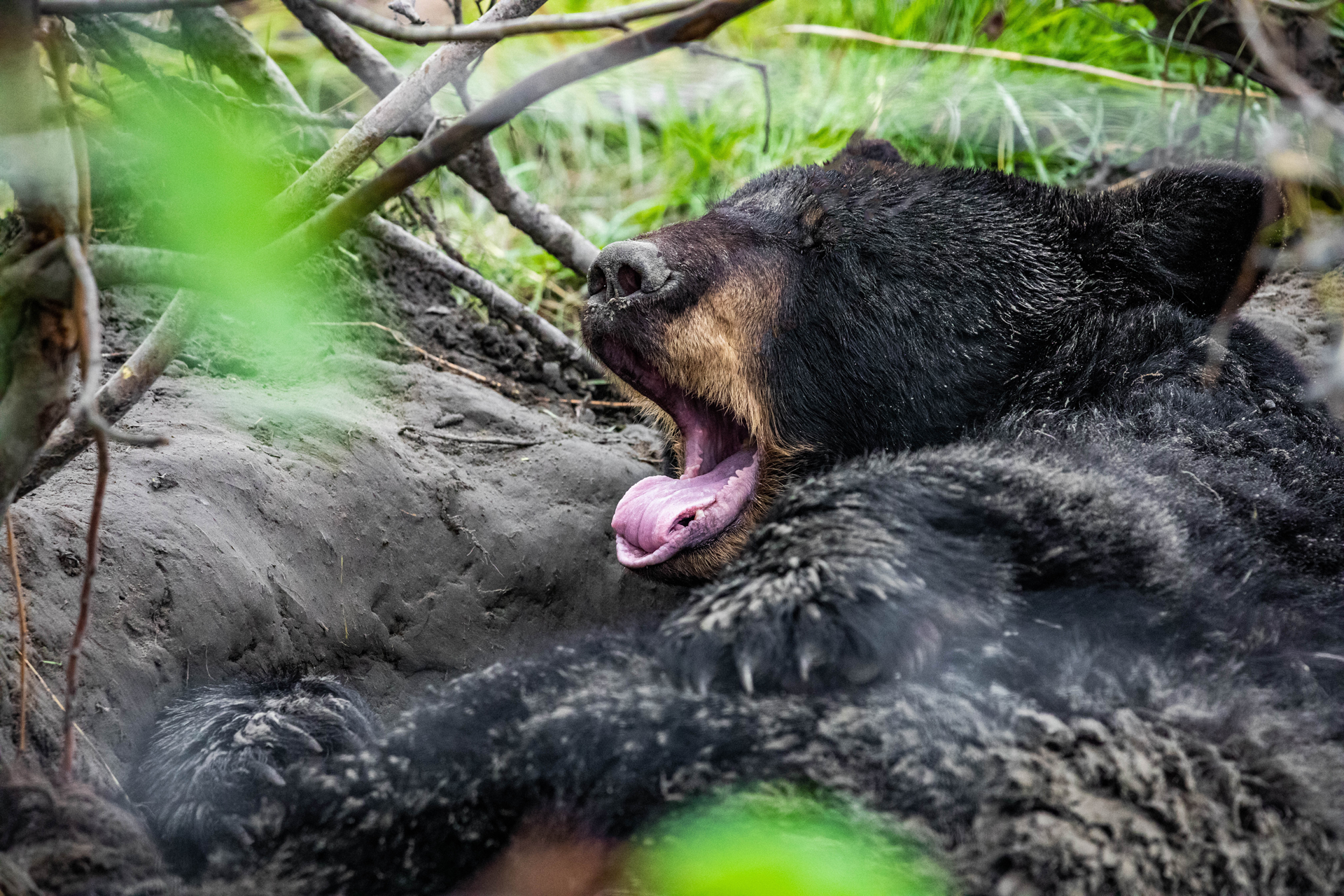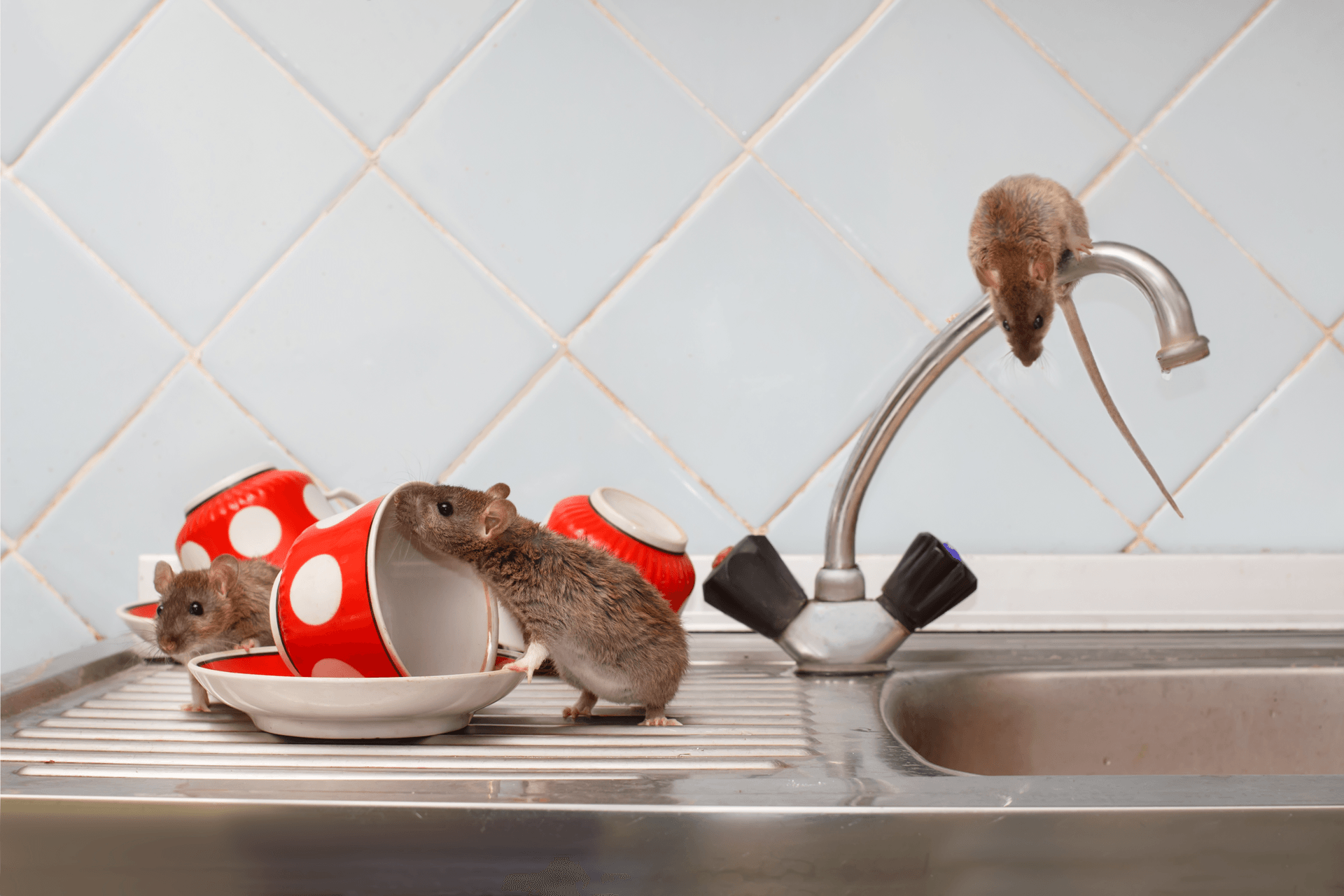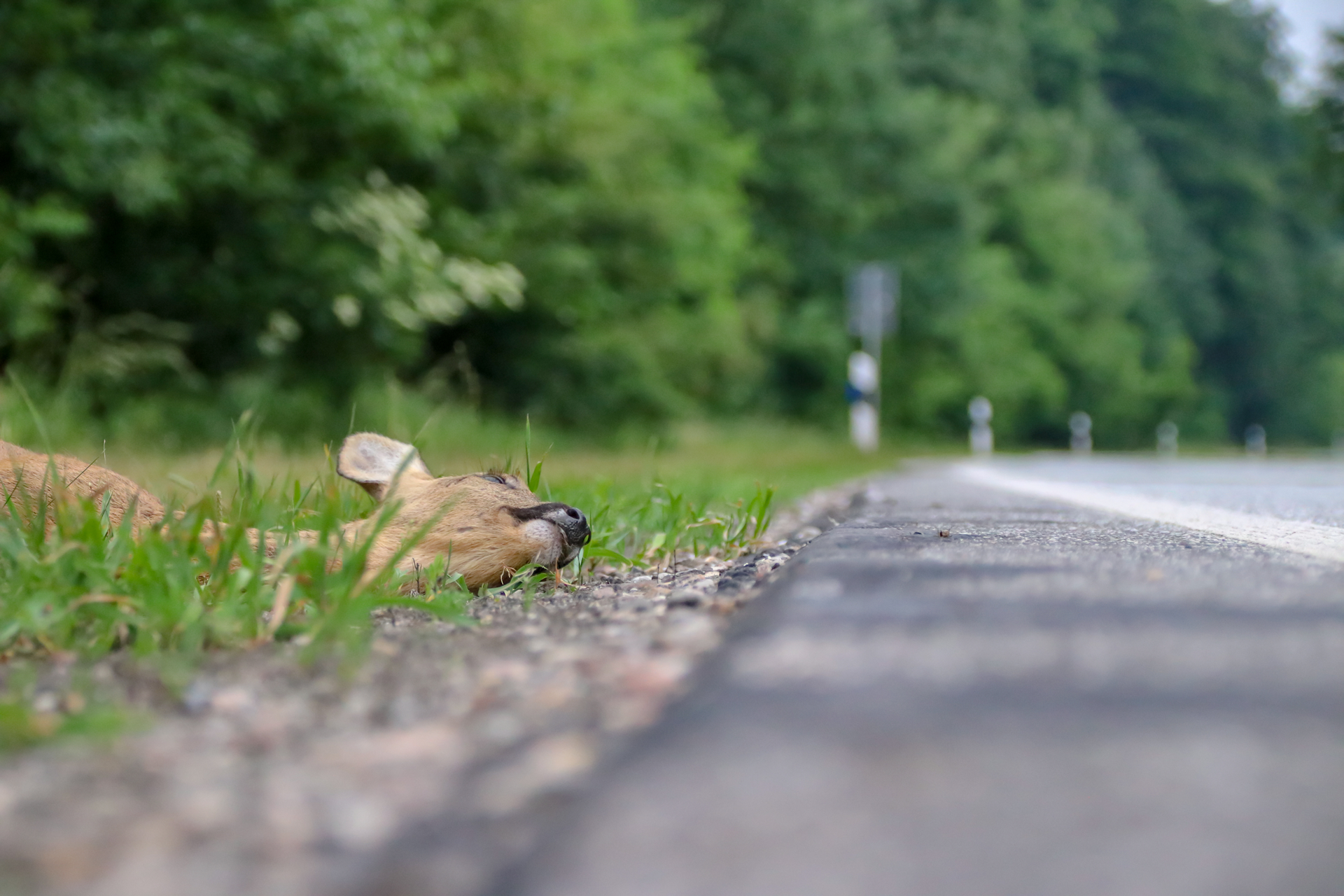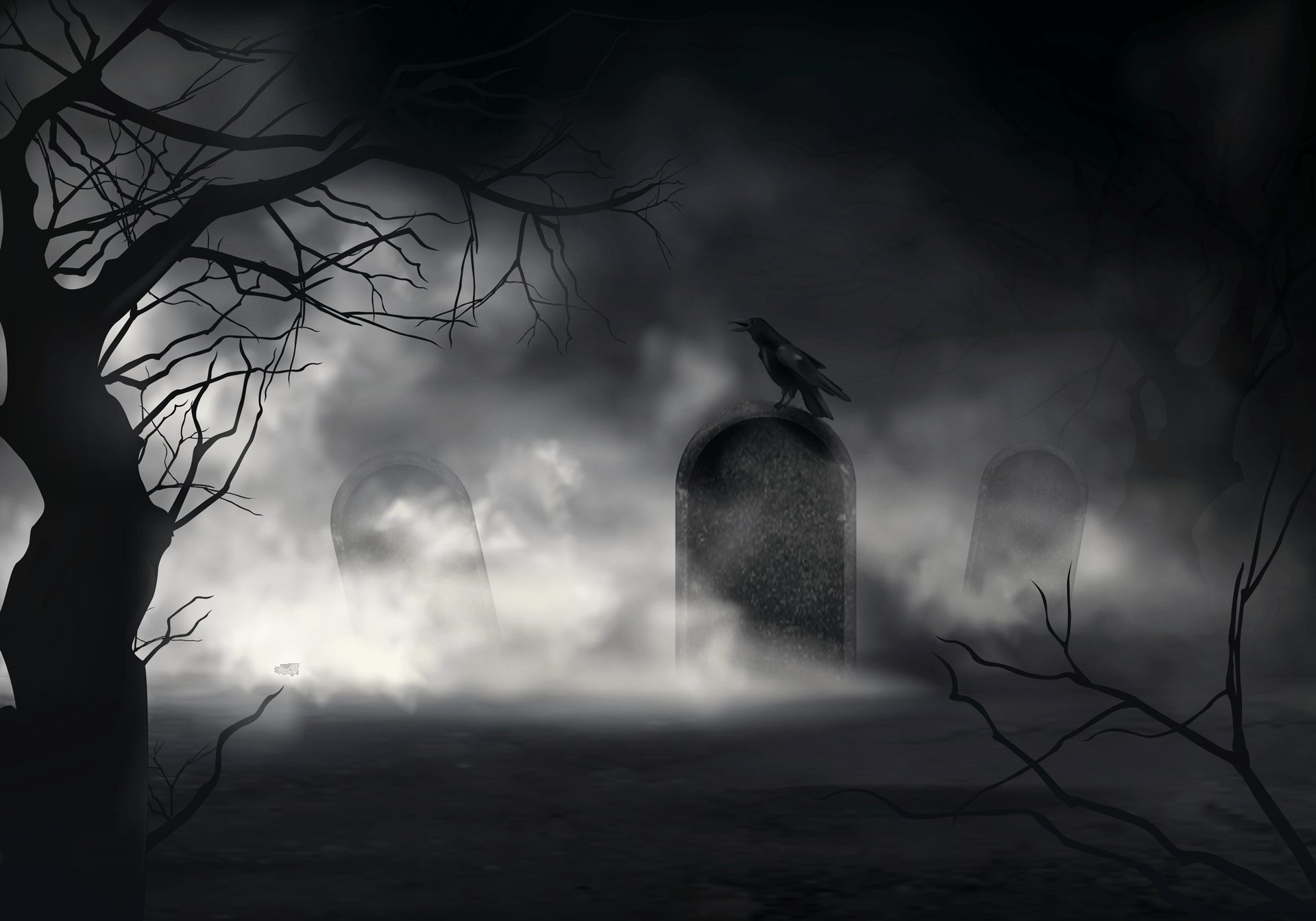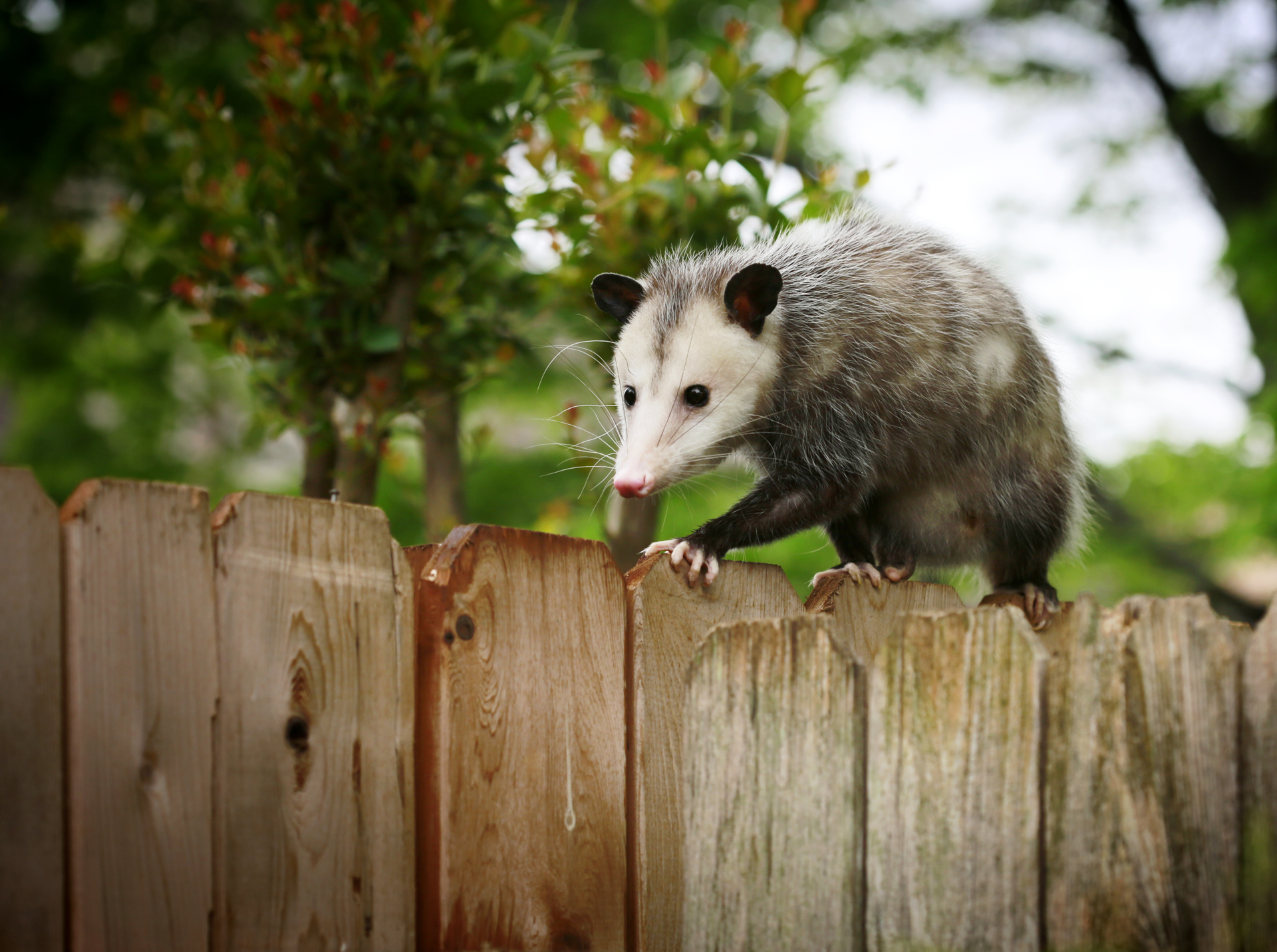Squirrels Were Once The Most Popular Pet In The US
The United States' Love Affair With Squirrels
Today, squirrels are considered vermin. They have seemingly insatiable appetites and can raid the crops or fruits you might have in your garden or farm. They dig into lawns, search for nuts, and chomp into tree bark. They destroy property while building their nests, tearing up vents and sidings. Their incisors never stop growing, so the animals constantly gnaw to keep their teeth at bay, leading them to chew through wires that create fire hazards. They can also spread bacteria and diseases like rabies.
But this negative view wasn't always the standard. At one point, in fact, they were the most popular pet in America. The American Grey was the most common choice, but Red and Flying Squirrels made appearances as well. Throughout the 1700s and 1800s, they were viewed as ideal pets for children because they required relatively little work and could be purchased easily in a market. One even made it to the White House as President Warren G. Harding's pet. A photograph from 1922 published in the Library of Congress shows the 29th President kissing the squirrel on its cheek as the animal cuddles toward him affectionately.
The attraction to them as pets was reserved mostly for the upper class since they had more time and money to spare. Adorable pictures from the 18th-century show high-class children were posing with their squirrels kept by their sides on gold leashes. Benjamin Franklin is even credited for writing the eulogy of a friend's squirrel that was bitten by a dog in 1722, saying, "Few squirrels were better accomplished, for he had a good education, had traveled far, and seen much of the world. Thou art fallen by the fangs of wanton, cruel Ranger!"
Through the 19th century, authors shared their wisdom on how to properly care for them as pets. They suggested a varied diet and an exercise wheel and advised how to train them to do simple tricks by using food as a motivator. Some authors advised to make sure you get your squirrel while it's very young so that it can be domesticated to a greater degree; otherwise, you're bringing a wild animal into your home.
While most people try to shoo squirrels away from their gardens, scientists maintain that the rodents contribute greatly to the ecology, especially in forests. They have a habit of burying seeds they hope to save to eat later. You might spot them rubbing their faces on acorns to mark them with their scent, increasing the chances they'll find the seed later. Some travel as far as 100 acres away during this process. The problem is, they wind up forgetting or losing the seed and instead, they have merely transported it to a new place and planted it. That expands forests not just in size but in diversity. However, we still don't want them in our attics.
With that love for squirrels, which remained strong for hundreds of years, why did people change their minds about them as pets? There are a few answers to that. One issue is that although they may have been great pets in the olden times, they are not suited for modern households with wires and pipes to chew through. Since they're wild animals, they're also extremely energetic and difficult to tame. They need constant exercise, as well as continual access to things they can gnaw on to keep their teeth from growing too much. If they're kept in a cage, they are very intelligent and can find a way to escape over time, then go after other materials in your house.
There are also exotic pet laws that developed between the 1920s and 1970s to protect and conserve wildlife. That put restrictions on keeping squirrels as pets, and in many states, it's illegal to have one as a pet. In Arkansas, the Game and Fish Commission allows people to have them in limited quantities. If you do keep one, though, they come with strict rules from the government, and you cannot release one back into the wild without a visit from a permitted wildlife rehabilitator.
If you aren't in the mood to try your hand at raising a squirrel, which can lead to a disaster for you and the animal, and need help eradicating them from your property, call Natural State Wildlife Solutions. We use humane techniques. We can also inspect your property and fortify it so that the animals are not encouraged to return and are blocked from entry if they do show up.
Contact us today for all your nuisance wildlife needs.


